Stone City ancient Qinhuai water day new -- Nanjing historical and cultural city protection practice

Guest speaker
Lv Xiaoning
Chief planner, Nanjing Bureau of Planning and Natural Resources
Summary of report
Chief Planner Lv Xiaoning first introduced the general situation of Nanjing's historic and cultural city and the preparation of the protection plan of the historic and cultural city. Then he focused on the overall work of the protection of Nanjing's historic city from three aspects: work path, planning revision and legal construction. Finally, he introduced the main protection practices of Nanjing's historic city in recent years. The problems considered and practical experience are also shared in detail.
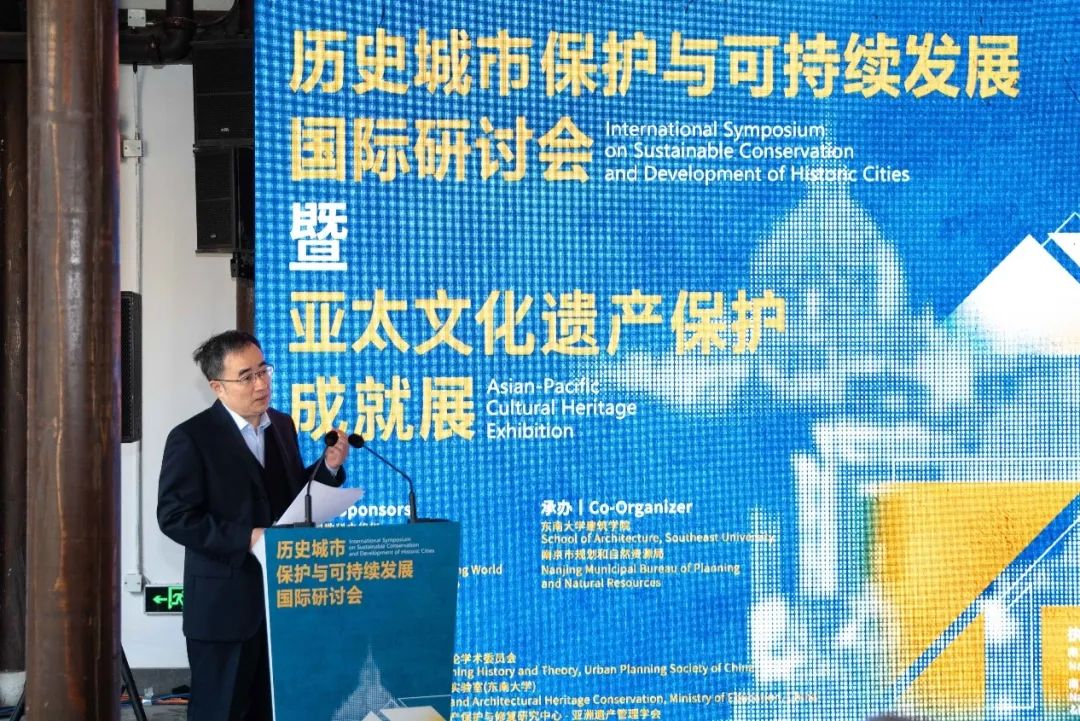
Overview of Nanjing historical and cultural city
Nanjing enjoys the reputation of "the ancient capital of six dynasties and the city of ten dynasties" and is one of the first national historical and cultural cities. The value of Nanjing as a famous city can be summarized as "a masterwork in the history of capital construction, a rare relic of China's capital pattern, a place of historical events with national and international influence, and one of China's important ideological and cultural and contemporary science, education and culture bases".
The site selection of the ancient capital of Nanjing relies on the natural landscape environment of "the river with the lake, the dragon and the tiger", and the construction reflects the two most important traditional Chinese cultural thoughts. The imperial city and the palace are symmetrical in axis, the layout is neat, and follow the ritual system of the Confucian "Zhou Li", reflecting the splendor of the imperial city and the palace city; The city wall and natural landscape organic integration, flexible changes, and reflects the Daoist "Guanzi" "because of the natural material, the geographical", "the city without rules" planning thought.
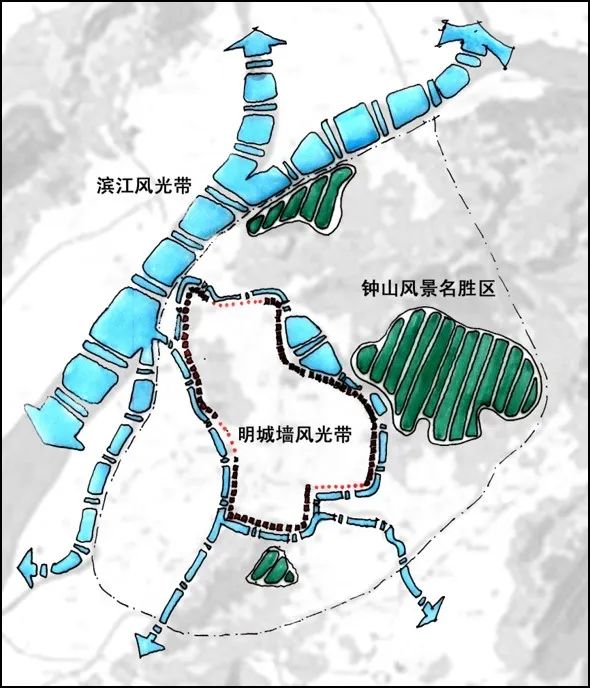

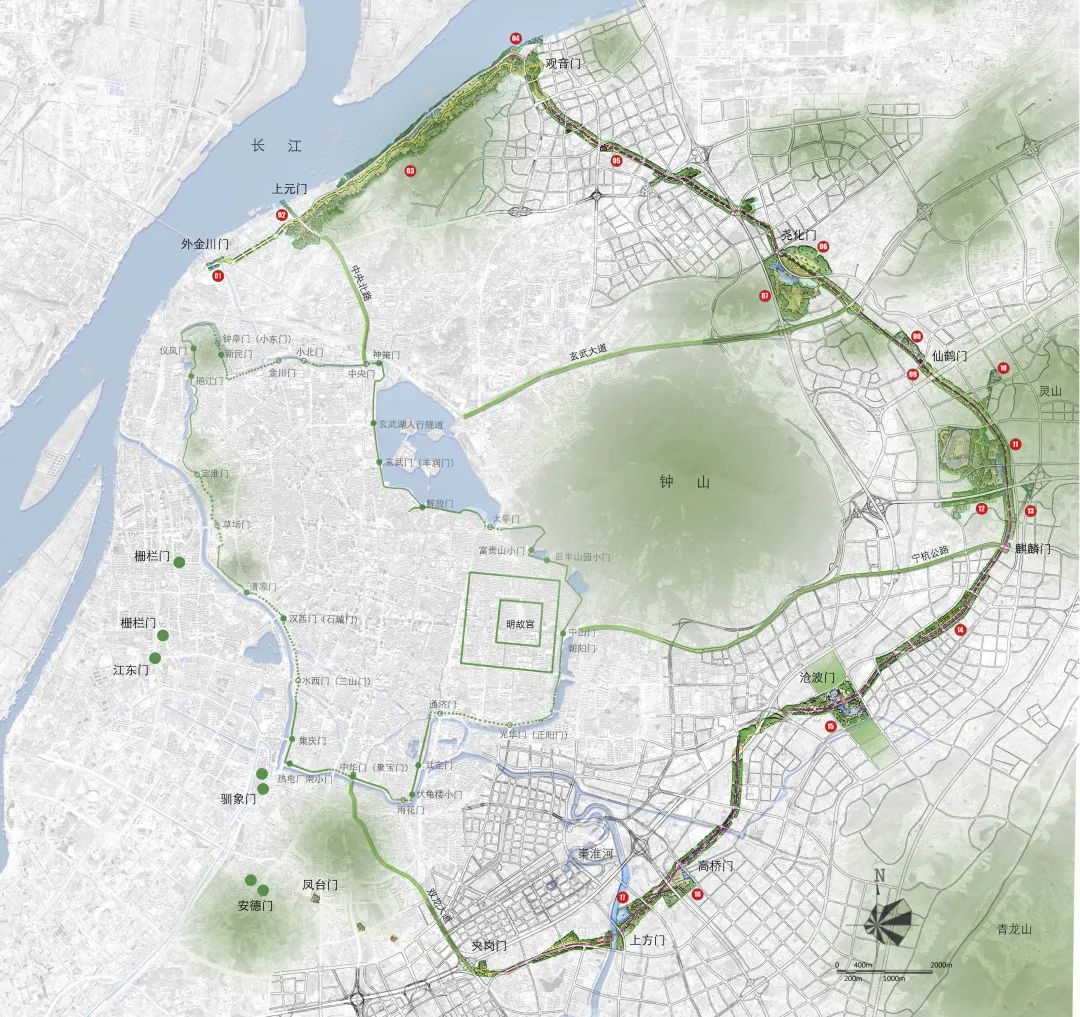
Conservation planning of historical and cultural cities
Nanjing has been committed to exploring the path of historical and cultural protection in the process of rapid modernization. Since 1984, four editions of the master plan for the protection of historical and cultural cities have been compiled, and the protection plan of Nanjing historical and cultural cities has been continuously deepened and improved, and a relatively complete protection framework system of "five categories and three levels" has been established, and three principles have been formulated: Comprehensive protection, overall protection and active protection. The environmental protection of the famous city requires highlighting the landscape environment of Nanjing, where the dragon is flat and the tiger is seated, and the river is accompanied by the lake. The protection of the capital pattern of the past dynasties focuses on the preservation of the remains of the Six Dynasties, the Southern Tang Dynasty, the Ming Dynasty and the Republic of China. The high protection plan of the old city has established the control requirements of "low near wall, high far wall, high center and low surrounding". In the approved city protection plan, 3 historical urban areas, 11 historical and cultural blocks, 22 historical areas, and 10 general historical areas have been delimited.

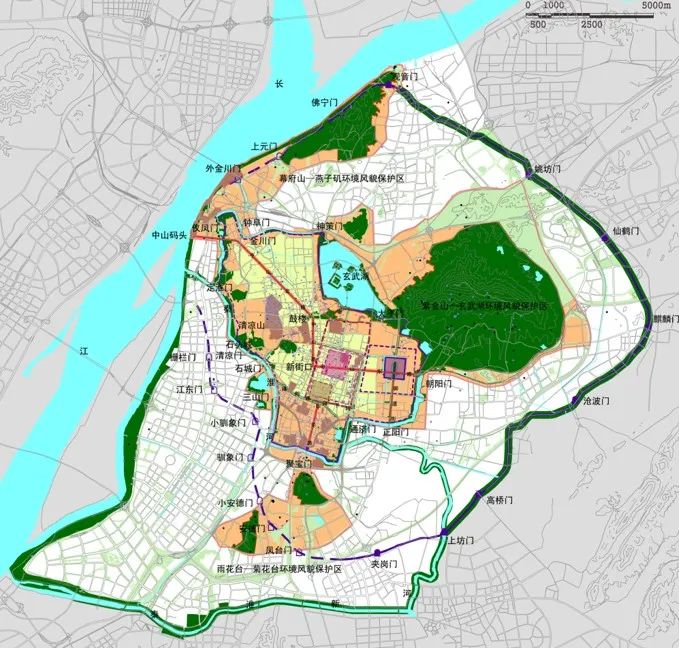
The protection of continuous exploration
For a long time, Nanjing has been adhering to and using the working method of "finding out, preserving, highlighting, using and stringing together". In 2017, Nanjing started to prepare a new version of the protection of historic cities, and the new version of the plan put forward some new value cognition, and optimized the protection goals and visions, protection contents, protection systems and other contents.

In recent years, with the deepening of protection work, Nanjing has refined the original principles of "low near the city, high in the far city, low in the south of the city and high in the north of the city" into more than 5,000 control detailed planning plots in the old city. Combined with the relevant results of "Research on the Height of Urban Design of Nanjing Old City Based on Feature Protection" by Academician Wang Jianguo's team of Southeast University, the Regulations on the Planning and Management of Building Height of Nanjing Old City "was formulated, and the" Nanjing Historical and Cultural City Protection Plan (2010) Plan for Deepening the Spatial Form Protection of Old City "was also formulated.
In addition, in recent years, Nanjing has also made certain explorations in policy, which can be summarized as follows:
1) The system of the Committee for the Protection of historic and cultural cities and the Committee of Experts for the protection of historic and cultural cities shall be established
2) Implement the urban development strategy of "preserving the old city and building the new city", and establish the mechanism of "the new city feeds the old City"
3) Establish an urban renewal system with "government guidance and multiple participation"
4) Establish a system of excavation, protection and display of underground cultural relics with "archaeology first, land use later"
5) The system of Nanjing Historical Building Protection Notice shall be established
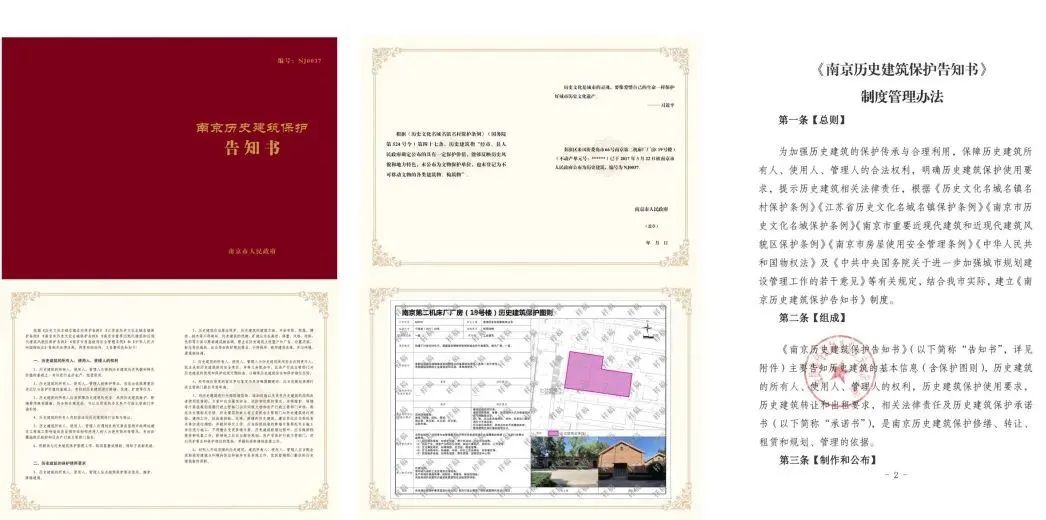
The practice of continuous exploration
In recent years, Nanjing has continuously carried out the practice of historical protection exploration. The first is the protection of the Ming Xiaoling Mausoleum World cultural heritage, strengthen the research, interpretation and dissemination of the value of the heritage, give full play to the comprehensive functions of the heritage, such as spiritual home, cultural inheritance, viewing and rest, and ecological protection, carry on the millennium historical tradition of harmonious coexistence between man and nature, and realize the sustainable and harmonious relationship between the protection of the Ming Xiaoling Mausoleum cultural heritage and the urban development of Nanjing. Revise the overall protection plan of Ming Xiaoling Mausoleum, implement a series of protection measures, and strive to highlight the outstanding universal value of the heritage. Focus on the restoration of the historical sight and ecological protection of Ming Xiaoling Mausoleum, reproduce the historical style of the royal mausoleum, and carefully build historical and cultural relics and cultural brands with international influence. The construction of Ming Xiaoling Mausoleum Museum provides a better place for displaying and publicizing the cultural remains of Ming Xiaoling Mausoleum and its historical value.
The second is the Ming city wall protection work. Nanjing proposed to make the Ming city wall "visible, can reach, live." For some time the walls were used inappropriately, resulting in the separation of the walls from the city. In recent years, Nanjing has made a lot of work, and many new parks have been established along the line, which have become an important part of Nanjing's modern urban pattern and citizens' cultural life, showing such a gem in the history of world urban construction. The third is the revitalization of historic areas. The practical work of the revitalization of Nanjing's historic areas has experienced three stages. The earliest practice focused on the architectural style and form, which was represented by the relatively early historical and cultural block of Fuzi Temple. The second stage began to pay more attention to the texture of the streets and the overall protection, such as the old men East Sanying historical and cultural block. The third phase shifts the focus from solid architectural streets to the people who live in the historic district. It has gradually changed from "demolition, modification and retention" to "retention, modification and demolition", and has explored the mode of "organic renewal and continuous renewal".
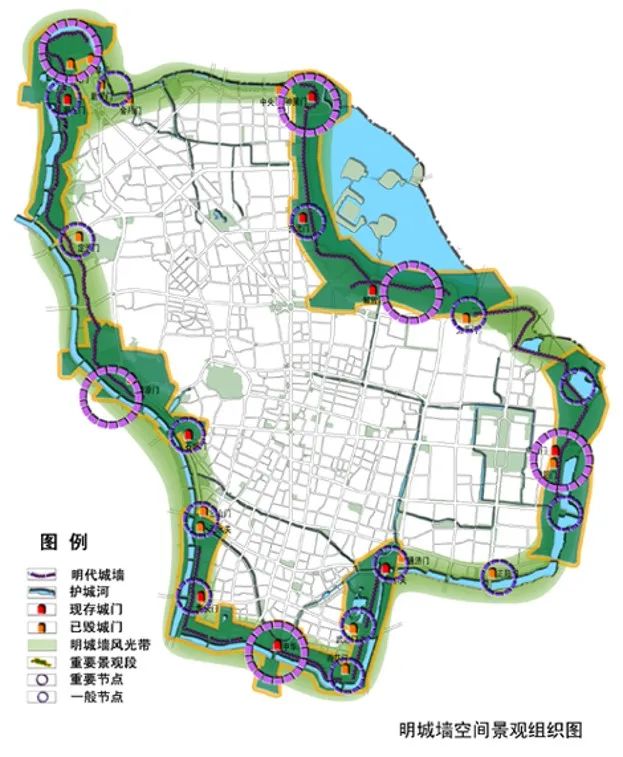

In the process of revitalization of historic areas, Nanjing has built an organic urban renewal model from comprehensive environmental improvement to redevelopment of old areas, and then to micro-renewal of old residential areas and historic areas, forming a model of "stay, change and demolition" with government guidance, market operation, multiple participation and joint governance.
The first problem concerned in the process of revitalization of historical areas is how to make historic areas full of new vitality. For example, Nanjing Yihe Road Historical and cultural block, founded in 1930, is the "first residential area" of the "Capital Plan", and was once a residence area during the Republic of China, with a large number of embassies and consulates. With various historical reasons, property rights change, the street gradually lost vitality. In order to revitalize the new vitality and vitality of the block, combined with contemporary urban development and space needs, introduce new functions and public Spaces, implement the revitalization plan of Yihe Road, with the goal of "a hundred years of Yihe, the beauty of the world", and build a romantic leisure and tourism area, an artistic fashion district, a quality humanistic community and Nanjing International Exchange center.
No. 41, Beijing East Road, Xuanwu District, Nanjing
Nanjing China